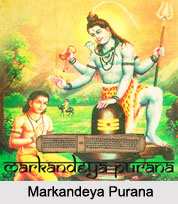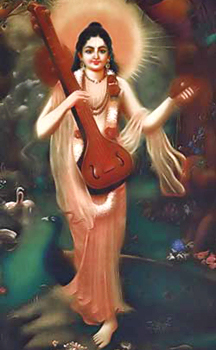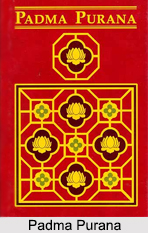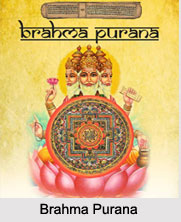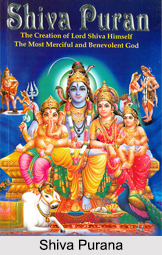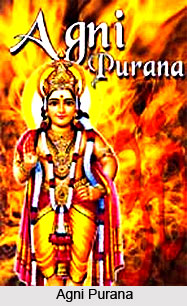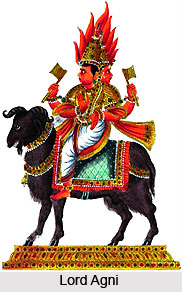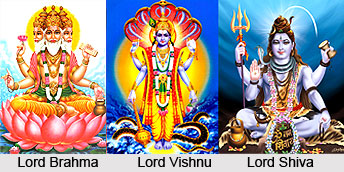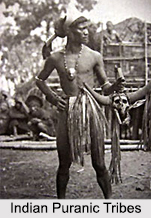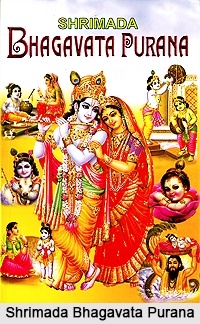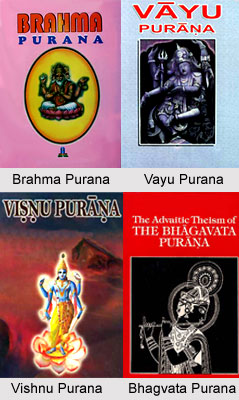Plaksha Dwipa is one of the seven continents of the universe. In the Vishnu Purana it has been described as an island and is twice in size to that of Jambu-dwipa. Medhatiti was the king of Plaksha Dwipa and he had seven sons of the names Santabhaya, Sisira, Sukhodhava, Ananda, Siva, Kashemaka and Dhruva. All seven of them had become kings of Plaksha-dwipa as Plaksha Dwipa had been divided into seven different parts. The seven divisions were named after them. They were Santabhaya varsa, Sisira varsa, Sukhada varsa, Ananda varsa, Siva-varsa, Kashemukha-varsa and Dhruva-varsa.
Vishnu Purana states that the seven varsas or seasons had seven mountain ranges which were like Boundary Mountains to each of the varsas. The names of the mountains were as follows Gomeda, Chandra, Marada, Dundhubi, Somaka, Sumanas and Vaibhraja. It is believed that in all these picturesque mountains the sinless inhabitants dwell perpetually along with the celestials and Gandharvas. In Plaksha Dwipa there are several small and holy villages where people live for a long time, freed from care and pain and enjoy an unperturbed happiness. In the seven divisions which have been made in the Plaksha-dwipa there are seven rivers which flow into the ocean. The names of the rivers which flow into the Plaksha-dwipa are Anutapta, Sikhi, Vipassa, Tridiva, Kramu, Amrita and Sukrita. The seven mountains and rivers were the principal mountains and rivers of Plaksha-dwipa. But they are not the only one there are several other inferior rivers and mountains in Plaksha-dwipa.
The Purana states that those who consume the rivers of the seven rivers always live happy and contented. In Plaksha Dwipa there is neither increase nor decrease of the population. The revolution of the four ages is also not known in the land of Plaksha Dwipa. The quality of uniformity of character of the Treta Yuga is found in Plaksha Dwipa. In the land of Plaksha Dwipa it is believed that people peacefully for five thousand years, and religious rites are severally performed by diverse castes and divisions of the people.
The four castes that are found in the island are Aryaka, Kuru, Vivasa and Bhavi corresponding respectively with Brahmanas, Kshatriyas, Vaisyas and Sudras. Plaksha Dwipa has a large fig tree and the land mass has been named after the tree. According to the account of Vishnu Purana it is said that Hari is worshipped in the form of moon by the Aryakas and the other caste people in Plaksha Dwipa.
Plaksha Dwipa like a disc is encircled by a sea of molasses which has an equal size to that of the island.

